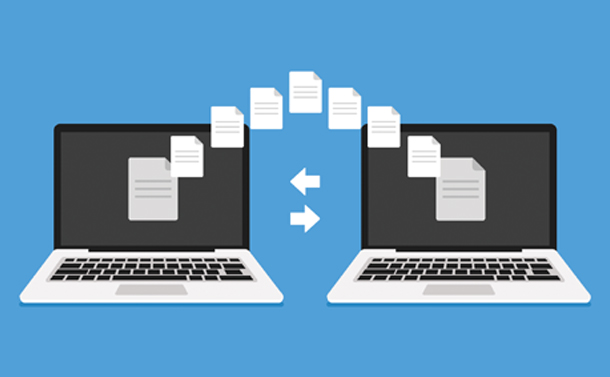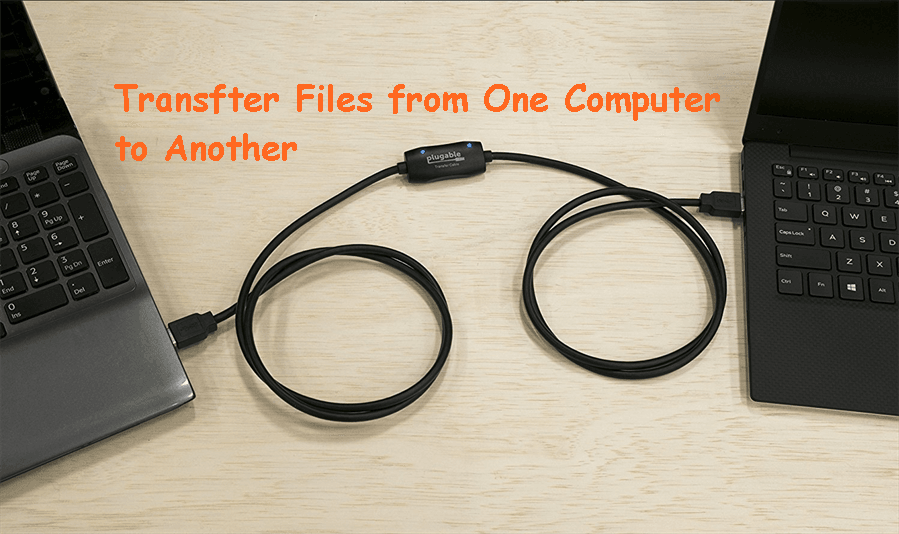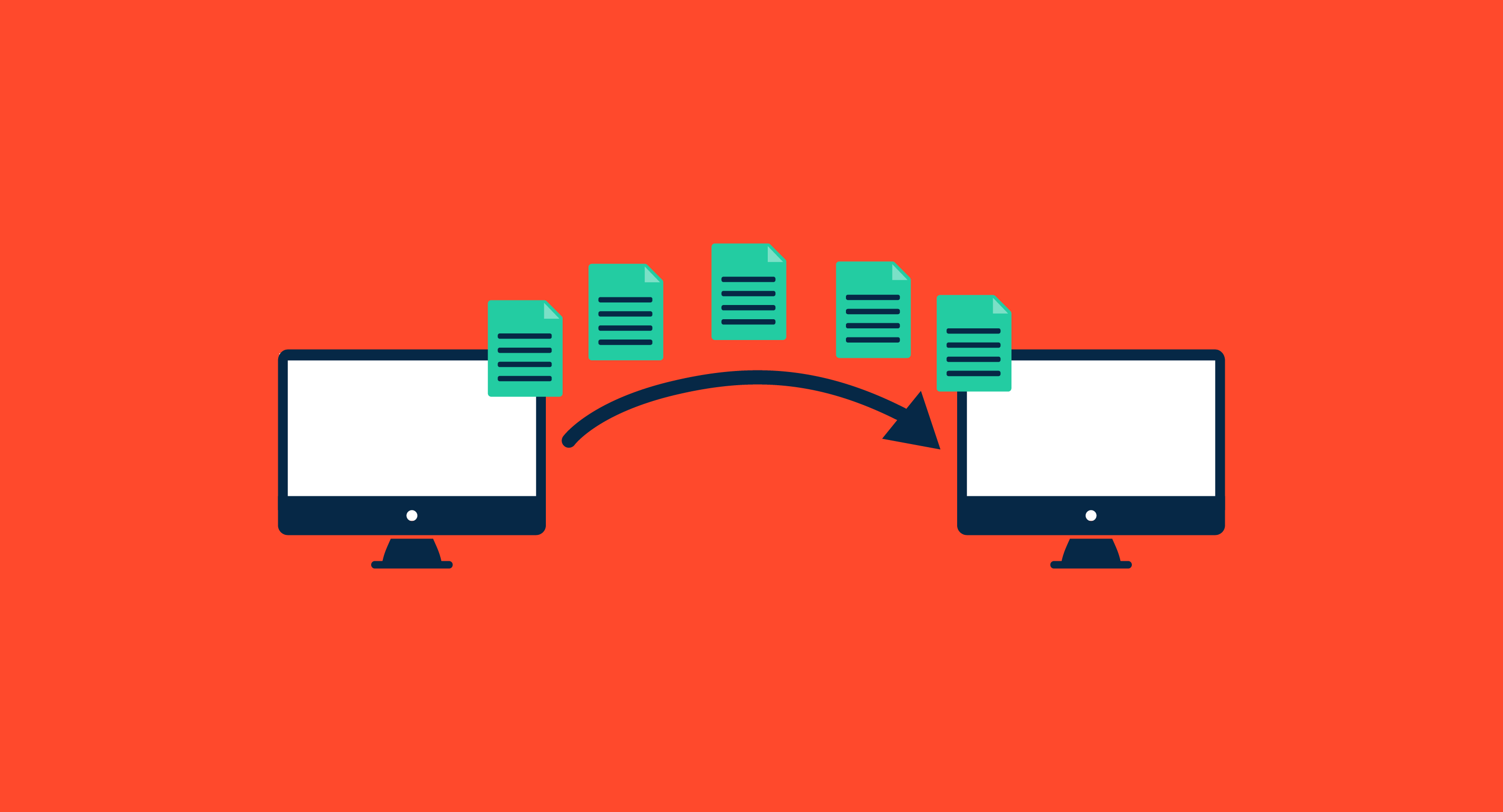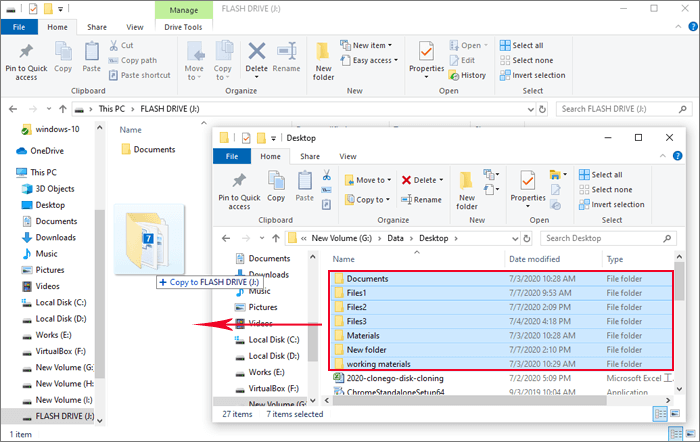How To Transfer Files From 1 Pc To Another
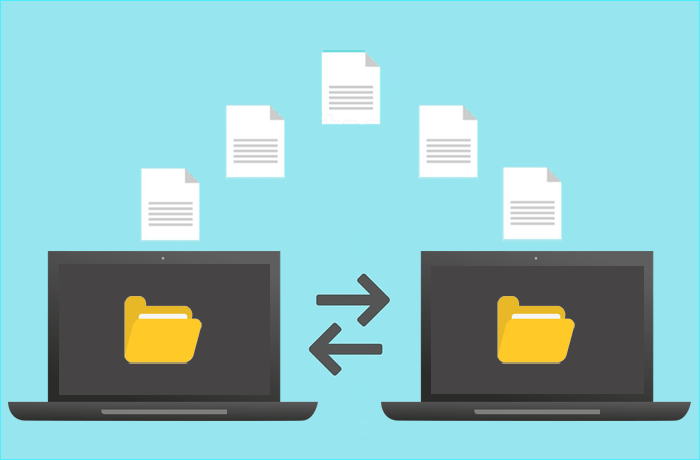
Migrating to a new computer often involves the daunting task of transferring files from an old device. Understanding the various methods available can save time and prevent data loss.
This article details several ways to transfer files between PCs, covering options ranging from simple solutions to more advanced techniques.
Choosing the Right Method
The best method depends on the volume of data, available hardware, and the user's technical expertise. Several factors like cost, transfer speed and security influence the selection of the method.
External Hard Drives
External hard drives remain a popular choice for transferring large amounts of data. Simply copy files to the drive from the old PC and then transfer them to the new one.
This method requires an external drive with sufficient storage capacity and compatible USB ports on both computers.
Cloud Storage Services
Cloud storage services like Google Drive, Dropbox, and Microsoft OneDrive offer a convenient way to transfer files wirelessly. Upload files from the old PC to the cloud and then download them to the new PC.
This requires a stable internet connection and sufficient cloud storage space.
Network Transfer
Files can be transferred over a local network using file sharing features. Both computers must be connected to the same network.
Enable file sharing on the old PC and access its shared folders from the new PC.
USB Transfer Cables
USB transfer cables, also known as bridging cables, are specifically designed for transferring files between computers. Connect the cable to both PCs, and the software provided with the cable facilitates the transfer process.
This method often provides faster transfer speeds compared to network sharing, but requires purchasing a dedicated cable.
Direct Cable Connection
Advanced users may opt for a direct cable connection using an Ethernet cable. This requires manually configuring network settings on both computers to establish a direct connection.
"Direct connection is faster than cloud or network transfer for large files" said John Smith, a network Engineer.
It offers fast transfer speeds but requires more technical knowledge.
Using a USB Drive
For smaller files, a USB drive might be sufficient. Copy the files from the old PC to the USB drive, and then copy them from the drive to the new PC.
This is a simple, easy solution, but it is not practical for large files.
Third-Party Transfer Software
Numerous third-party software solutions streamline the file transfer process. These applications often offer features like automatic file synchronization and incremental backups.
Examples include EaseUS Todo PCTrans and Laplink PCmover, but may require a purchase or subscription.
Considerations Before Transfer
Before starting, back up all important files to avoid data loss. This could involve creating a system image or copying essential documents to an external drive.
Ensure both computers have sufficient storage space for the transferred files. Always scan transferred files for viruses or malware.
Impact and Conclusion
Choosing the appropriate file transfer method significantly impacts the time and effort required during a PC migration. Selecting an efficient method contributes to a smooth transition and reduces the risk of data loss.
By understanding the available options and considering individual needs, users can effectively transfer their data to a new computer.



